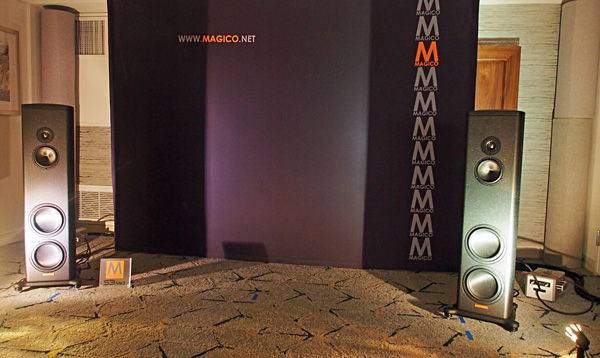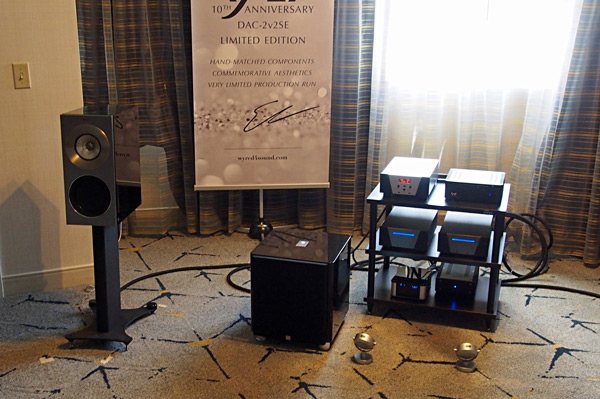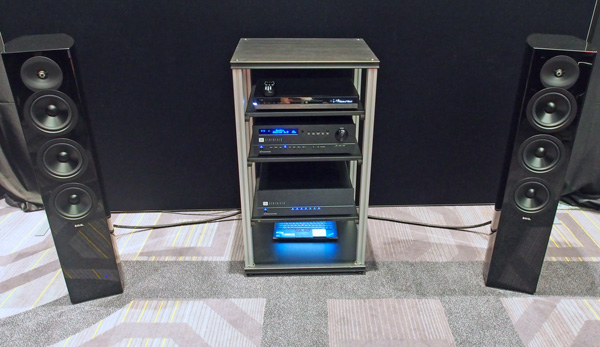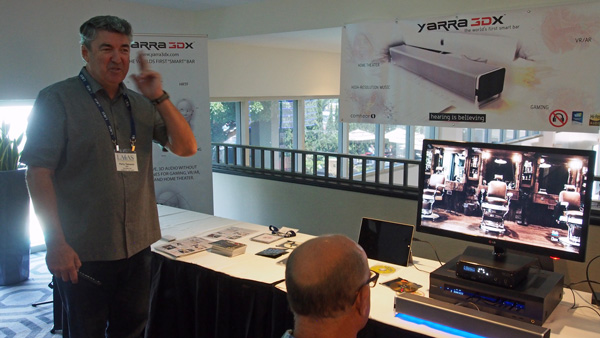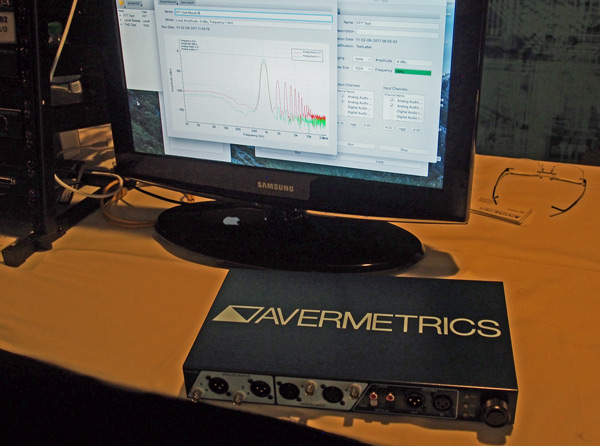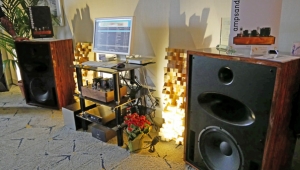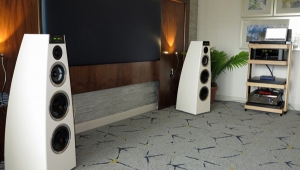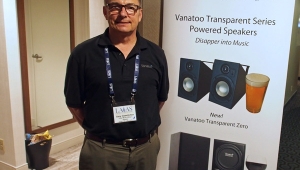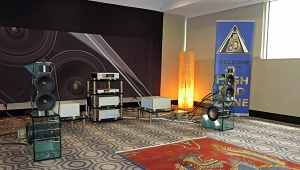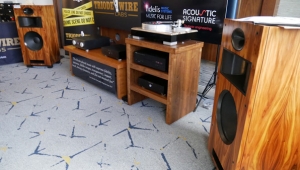| Columns Retired Columns & Blogs |
I just love that opening line ("I tend to be skeptical of tweaks.") Anyway, I ran into something earlier today, before reading this, that had me dragging my AQ JitterBug out of the accessories drawer. I have a CD of Steely Dan's Then and Now, a 1993 remaster on MCA. The track Deacon Blues has some distortions (as heard through the AQ DragonFly Red) - a kind of edgy hardness that gets pretty bad at certain points, and so I thought I'd insert the JitterBug and see what happens. It didn't clear up the distortions of course, but it took the edges off in a gratifying way.
So I thought, maybe one good way to find out if a tweak really works is to get some tracks that are right on the line between being just barely acceptable at a reasonable but reduced volume, and being unacceptable. Not that that test would necessarily push the acceptability one way or the other, just that it might provide some insight into if and how the tweak makes a difference.


